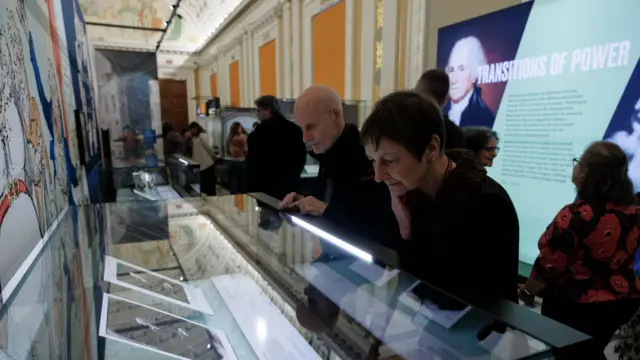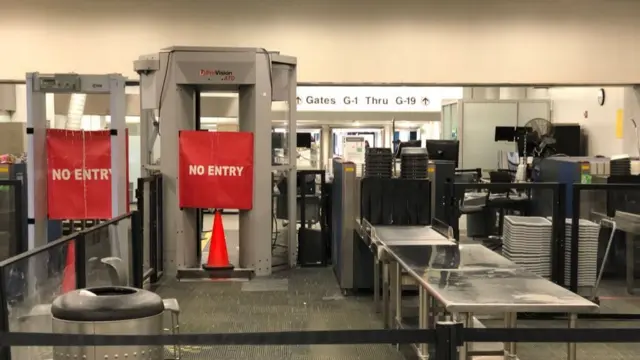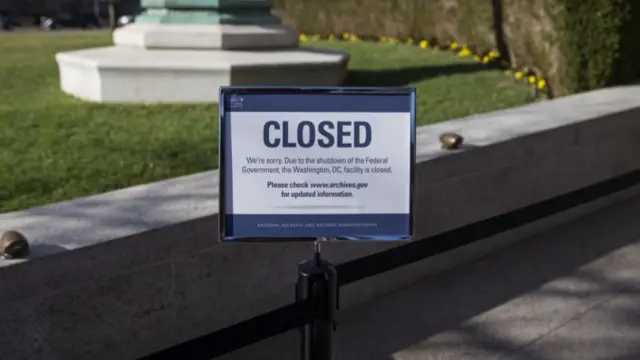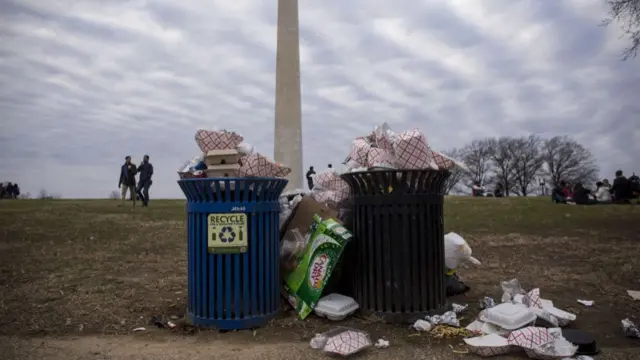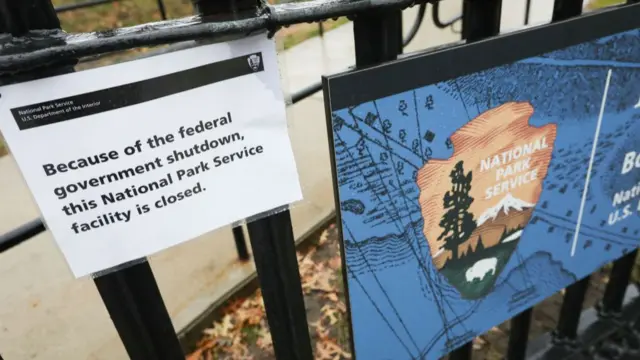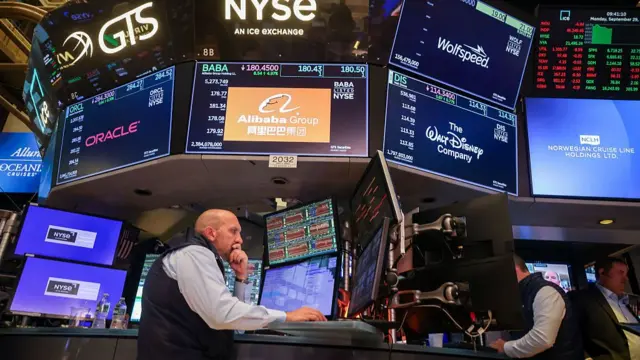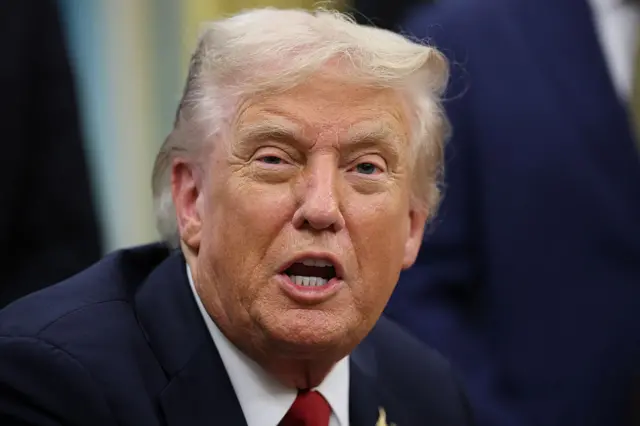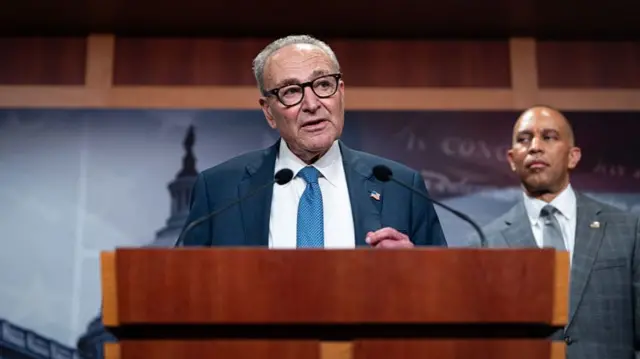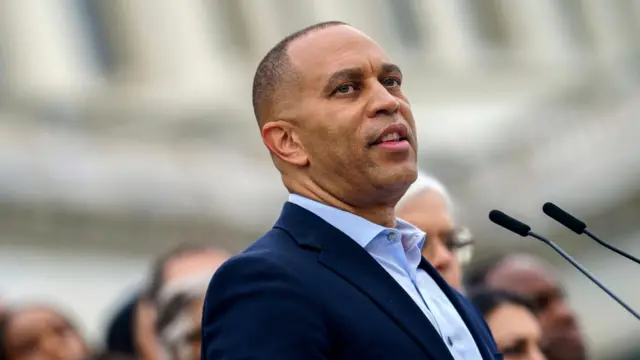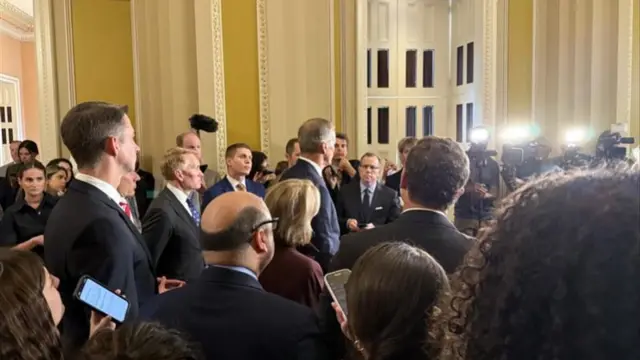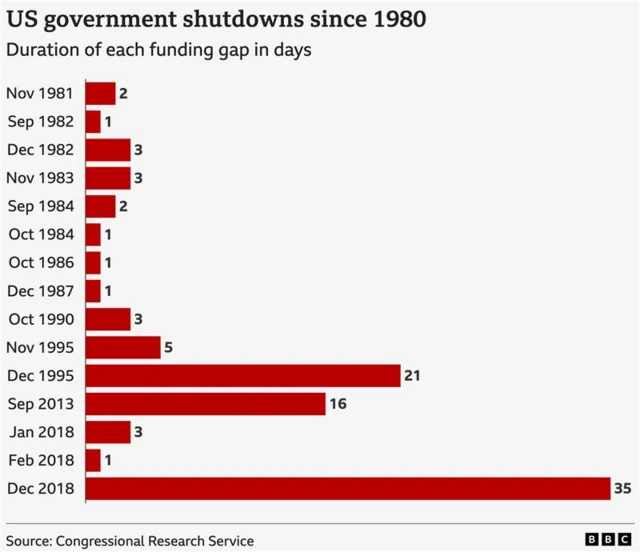
Last-ditch funding vote not likely to bring much drama - but could offer cluespublished at 22:49 BST 30 September
 Anthony Zurcher
Anthony Zurcher
North America correspondent
Senate votes can be high drama. Recall the late John McCain of Arizona dramatically casting a “thumbs-down” to foil his party’s efforts to repeal the Obamacare health-insurance programme in 2017, or the narrow fight to confirm Supreme Court Justice Brett Kavanaugh the following year.
This evening's last-ditch attempts to avert a government shutdown are unlikely to offer any such memorable moments.
Even with the battle lines firmly set, however, it will be interesting to see if any Democrats break ranks and side with the Republicans. If there are more than a handful, it could indicate that there are fractures within the party that could spread once the pressure – and political pain – increases as the shutdown gets fully underway.
